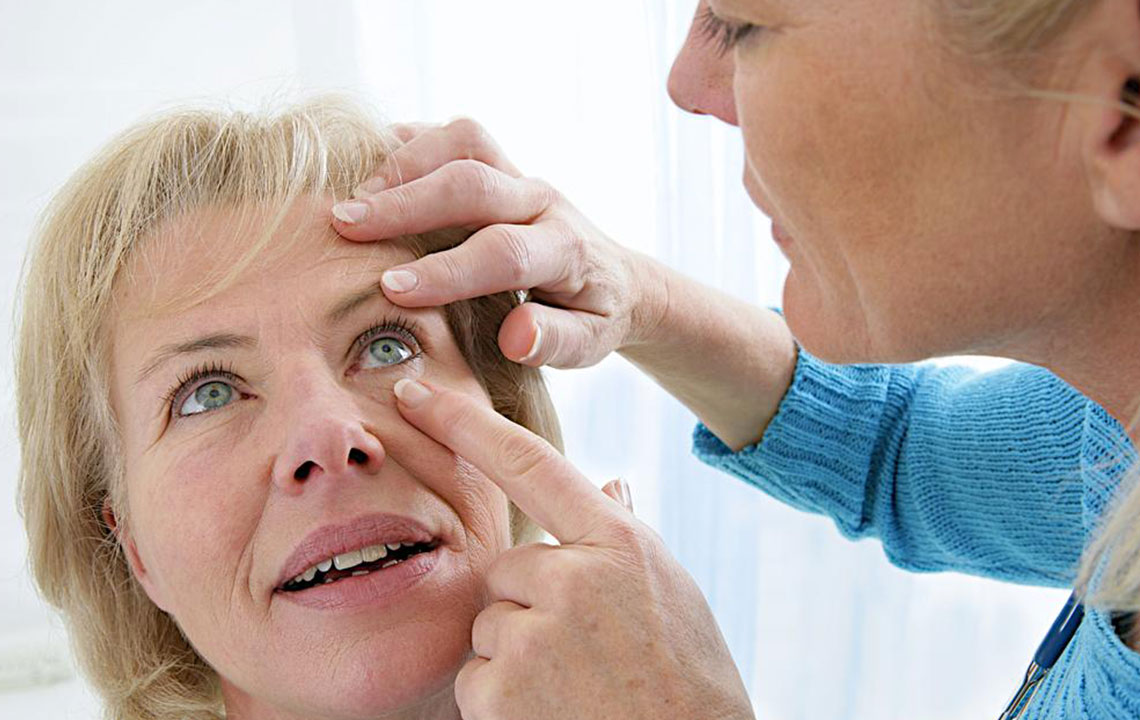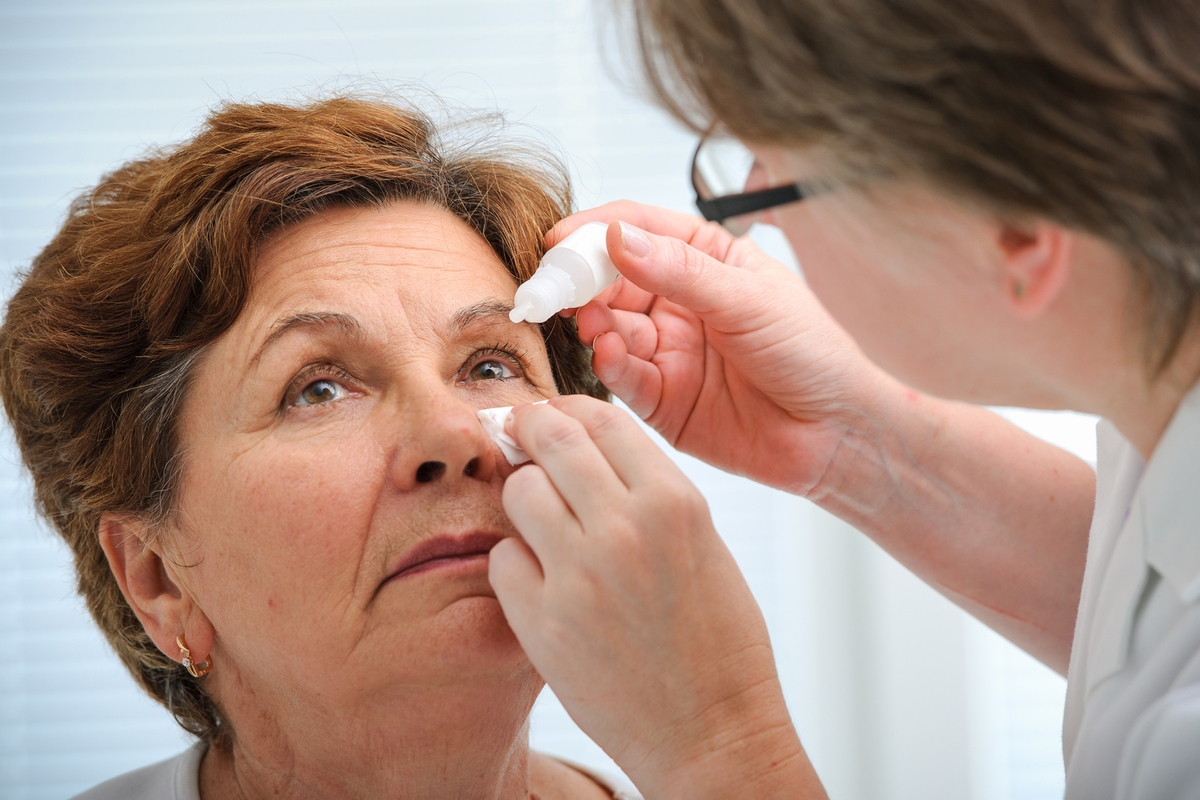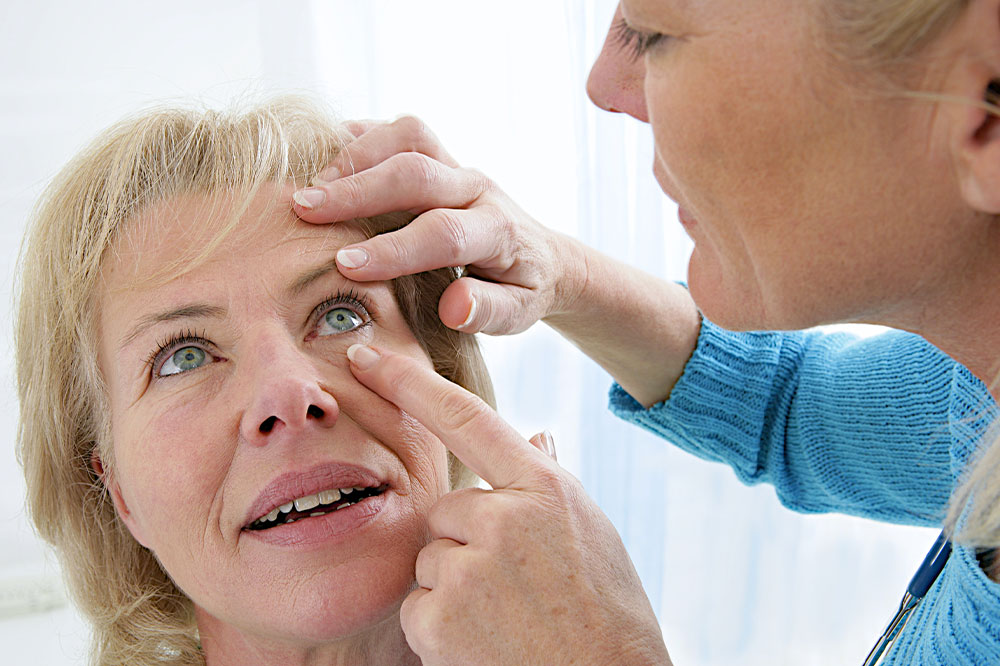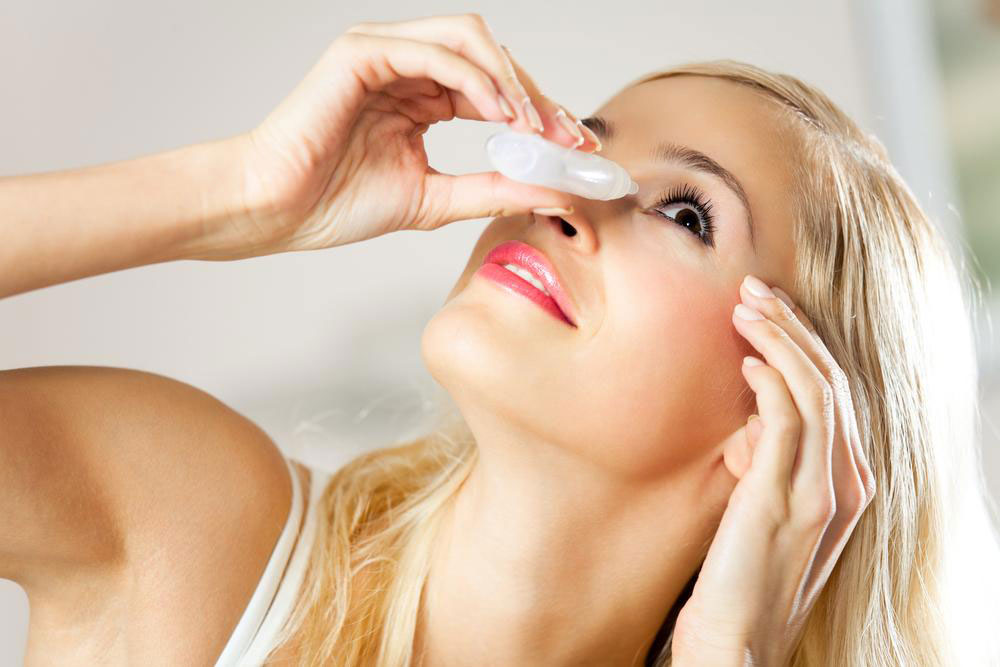Innovative Approaches in Managing Age-Related Macular Degeneration
Explore the latest innovations in managing age-related macular degeneration, including new surgical techniques, medications, and preventive measures. Early diagnosis and lifestyle changes play vital roles in preserving vision, with promising therapies in development such as stem cell treatments. Stay informed to protect your eyesight effectively.

Innovative Approaches in Managing Age-Related Macular Degeneration
Macular degeneration leads to impaired central vision, primarily affecting individuals over 50. It’s a painless condition known as Age-related Macular Degeneration (AMD), with rare instances of Juvenile Macular Degeneration caused by genetic factors.
This disease impacts vision by blurring straight-ahead objects, making reading, recognizing faces, and perceiving colors difficult. Symptoms often go unnoticed until significant vision loss occurs.
Causes
The precise cause remains unknown; however, aging is a primary factor. Changes in the macula, the central retina area, are at the core of AMD development.
AMD manifests mainly as dry or wet forms.
Dry AMD
With age, light-sensitive cells in the macula gradually degrade, leading to central vision decline. Accumulated waste products called drusen cause small deposits that impair vision.
Wet AMD
Abnormal blood vessels develop beneath the retina, leaking fluid and blood, resulting in scarring and severe visual impairment. This leads to symptoms like dark spots and distortion.
Symptoms
Loss of central vision, often unnoticed initially, causing blurriness.
Distorted faces, texts, and images.
Diminished ability to see fine details, affecting reading and driving.
Reduced contrast sensitivity, making objects harder to distinguish.
Dry AMD symptoms include hazy vision, dull colors, and difficulty seeing in low light.
Wet AMD worsening involves blind spots, distortions, and hallucinations.
Early detection through eye exams is crucial.
Risk Factors
Age and family history greatly influence AMD risk. Other factors include smoking, excessive sun exposure, obesity, hypertension, ethnicity, and cardiovascular health.
Emerging Treatments for AMD
Currently, AMD has no cure. Management focuses on slowing progression. Dry AMD can be managed with optimized lighting, enlarged print materials, and a diet rich in vitamins A, C, and E.
For wet AMD, treatments include anti-VEGF injections and laser procedures. Recent advances introduce surgical options like macular translocation, repositioning the macula away from abnormal vessels, and lens implantation, replacing the eye's natural lens for improved vision. Stem cell therapy, still under clinical trials, shows promise by regenerating retinal cells through stem cell transplantation.
Prevention Tips
Mitigating AMD involves lifestyle choices: quitting smoking, eating leafy greens, protecting eyes from UV rays, regularly monitoring vision with tools like the Amsler grid, and taking supplements rich in zinc and antioxidants. Routine eye exams are essential for early detection and better management, especially for those aged 65 and above.
Proactive measures and timely medical intervention can help preserve vision and improve quality of life.










